Heres Some Camping Tips & Tricks at Your Fingertips
Our Kiefer Campground Blog is the information you need to make your next camping trip even more enjoyable. From RV and camping tips and tricks, to amazing campfire recipes, to advice on planning your next trip... the information below is here to help you. And please, feel free to comment and share your experiences, knowledge and favorite recipes. At Kiefer Campground, we are a family and all here to help each other enjoy the great outdoors to the fullest!
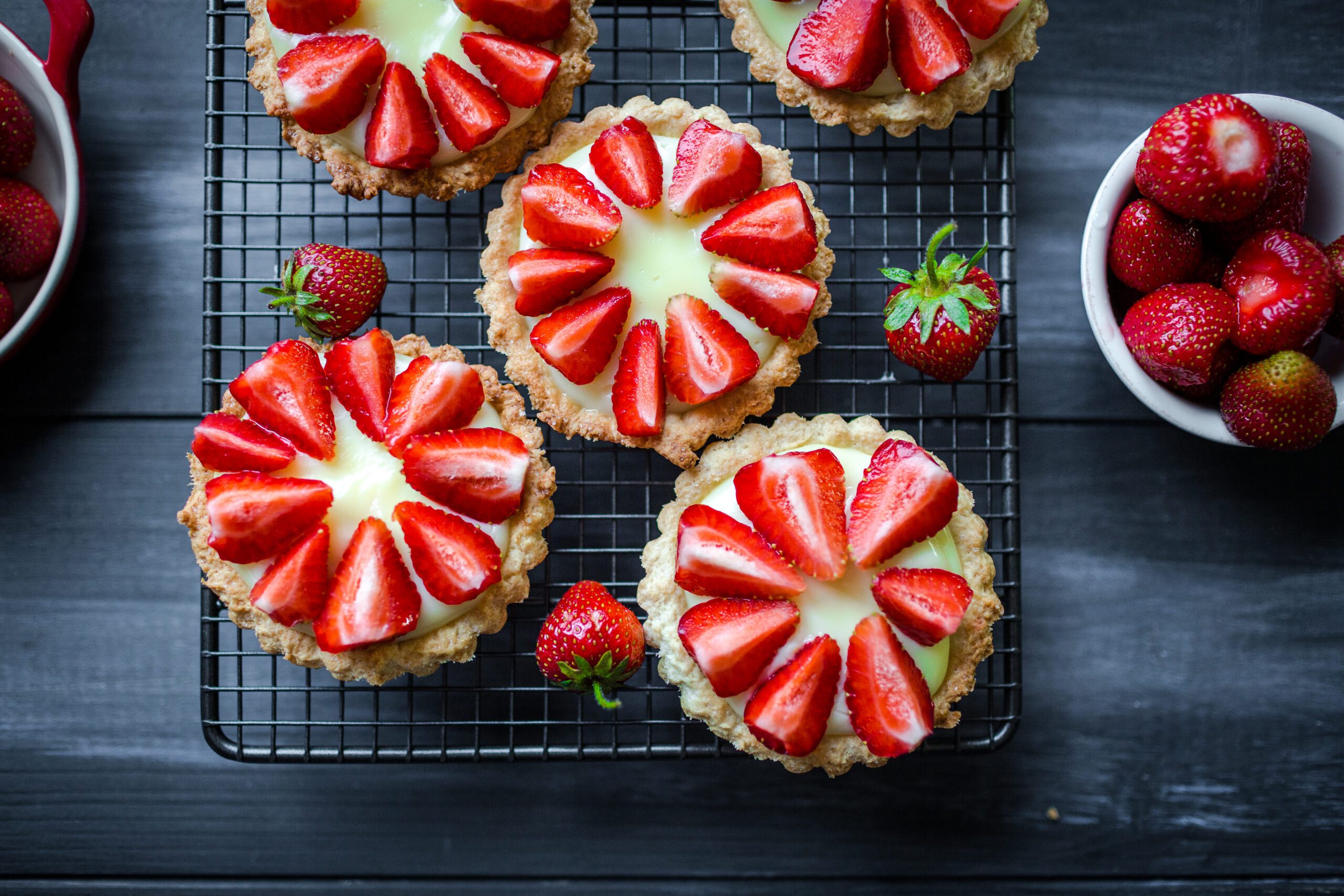
🍓 Strawberry Shortcake Recipe
Here’s a classic strawberry shortcake recipe that’s simple, delicious, and perfect for spring or summer camping trips!
Servings: 6
Prep Time: 20 minutes
Cook Time: 15 minutes
Total Time: 35 minutes
Ingredients
For the Strawberries:
- 1 lb fresh strawberries, hulled and sliced
- 1/4 cup granulated sugar
For the Shortcakes:
- 2 cups all-purpose flour
- 1/4 cup granulated sugar
- 1 tbsp baking powder
- 1/2 tsp salt
- 1/2 cup cold unsalted butter, cubed
- 2/3 cup whole milk (plus more if needed)
- 1 tsp vanilla extract
- 1 egg (optional, for brushing)
For the Whipped Cream:
- 1 cup heavy whipping cream
- 2 tbsp powdered sugar
- 1 tsp vanilla extract
Directions
- Prepare the Strawberries:
- In a bowl, toss sliced strawberries with 1/4 cup sugar.
- Let sit at room temperature for at least 20 minutes to macerate (juices will form).
- In a bowl, toss sliced strawberries with 1/4 cup sugar.
- Make the Shortcakes:
- Preheat oven to 425°F (220°C). Line a baking sheet with parchment paper.
- In a large bowl, whisk flour, sugar, baking powder, and salt.
- Cut in butter with a pastry cutter or fork until it resembles coarse crumbs.
- Add milk and vanilla. Stir gently just until dough comes together—don’t overmix.
- Drop dough by large spoonfuls (or shape into 6 round biscuits) onto baking sheet.
- Optional: Brush tops with a beaten egg for golden color.
- Bake for 12–15 minutes or until golden brown. Cool slightly.
- Preheat oven to 425°F (220°C). Line a baking sheet with parchment paper.
- Make the Whipped Cream:
- In a chilled bowl, beat cream, powdered sugar, and vanilla until soft peaks form.
- In a chilled bowl, beat cream, powdered sugar, and vanilla until soft peaks form.
- Assemble:
- Slice shortcakes in half horizontally.
- Spoon strawberries over the bottom half, add a generous dollop of whipped cream, then top with the other half of the shortcake.
- Optional: Add more strawberries and cream on top!
- Slice shortcakes in half horizontally.
Bring this refreshing sweet shortcake with you on your next camping trip to Camp Lakewood Campground!
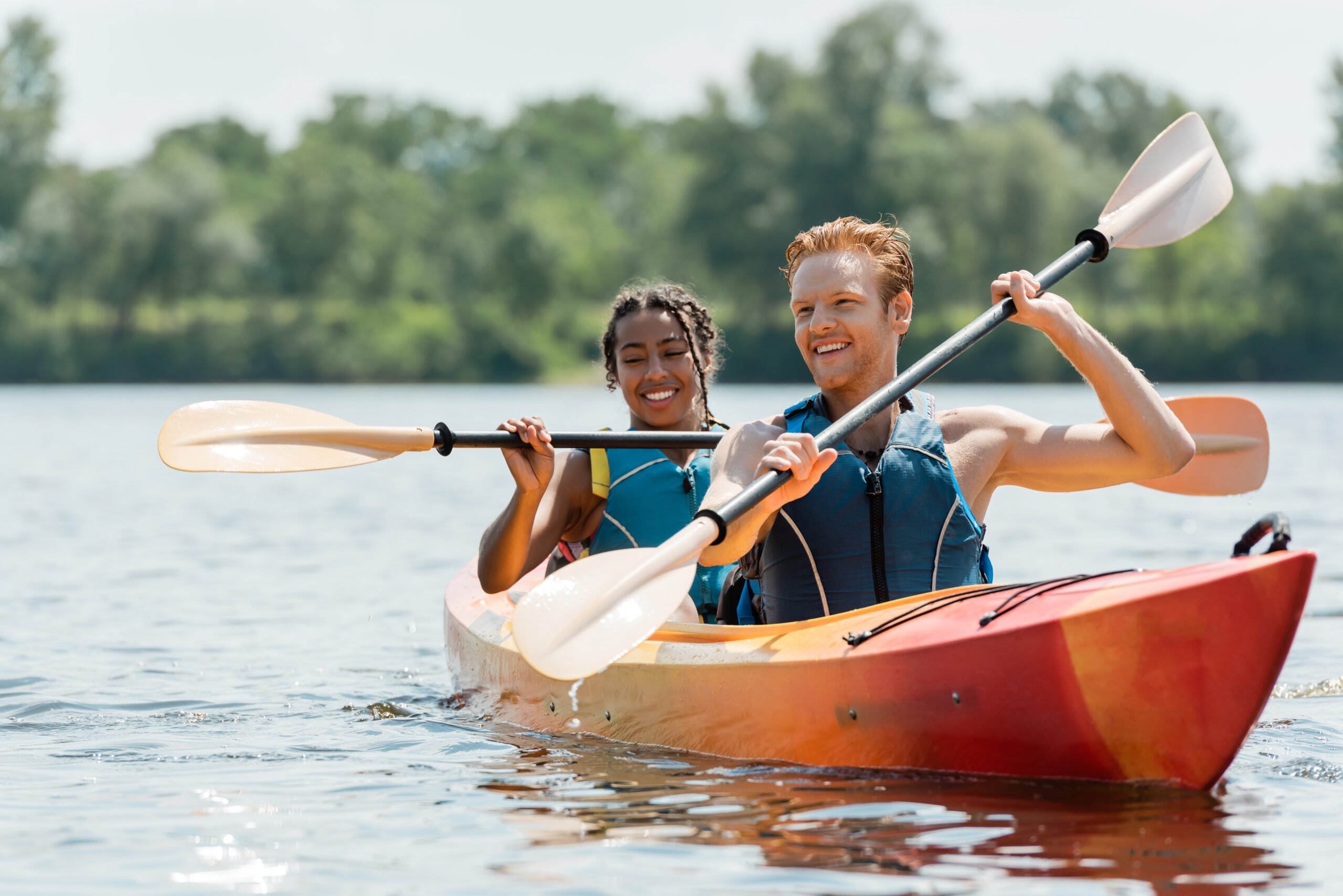
Best Outdoor Camping Activities
Here’s a list of the best outdoor camping activities that are fun for all ages and help you make the most of your time in nature:
🌲 Classic Nature Adventures
- Hiking – Explore nearby trails and get some exercise while enjoying scenic views.
- Fishing – Whether from shore or a boat, it’s peaceful and rewarding.
- Wildlife Watching – Bring binoculars and keep an eye out for birds, deer, raccoons, or whatever’s native to the area.
- Stargazing – With little light pollution, campgrounds are perfect for spotting constellations and shooting stars.
🔥 Campground Fun
- Campfire Cooking – Roast hot dogs, make s’mores, or try foil packet meals.
- Storytelling or Ghost Stories – Classic around the fire at night.
- Sing-Alongs or Acoustic Jam Sessions – If someone brings a guitar, even better.
- Glow Stick Tag – Especially fun for kids after dark.
🧭 Games & Challenges
- Scavenger Hunt – Create a list of things to find in nature.
- Capture the Flag – Great for big groups with open space.
- Cornhole, Ladder Toss, Frisbee – Easy-to-pack yard games.
- Geocaching – A modern treasure hunt using GPS.
🧘♀️ Relax & Recharge
- Hammock Lounging – Just chill and read a book or nap.
- Sketching or Photography – Nature is a perfect muse.
- Yoga or Meditation – A peaceful way to start or end the day.
🚣♂️ Water-Based Fun (if near a lake or river)
- Kayaking or Canoeing
- Swimming
- Skipping Stones
- Paddleboarding
Try any of these activities next time you stay at Camp Lakewood Campground or Salina Campground!
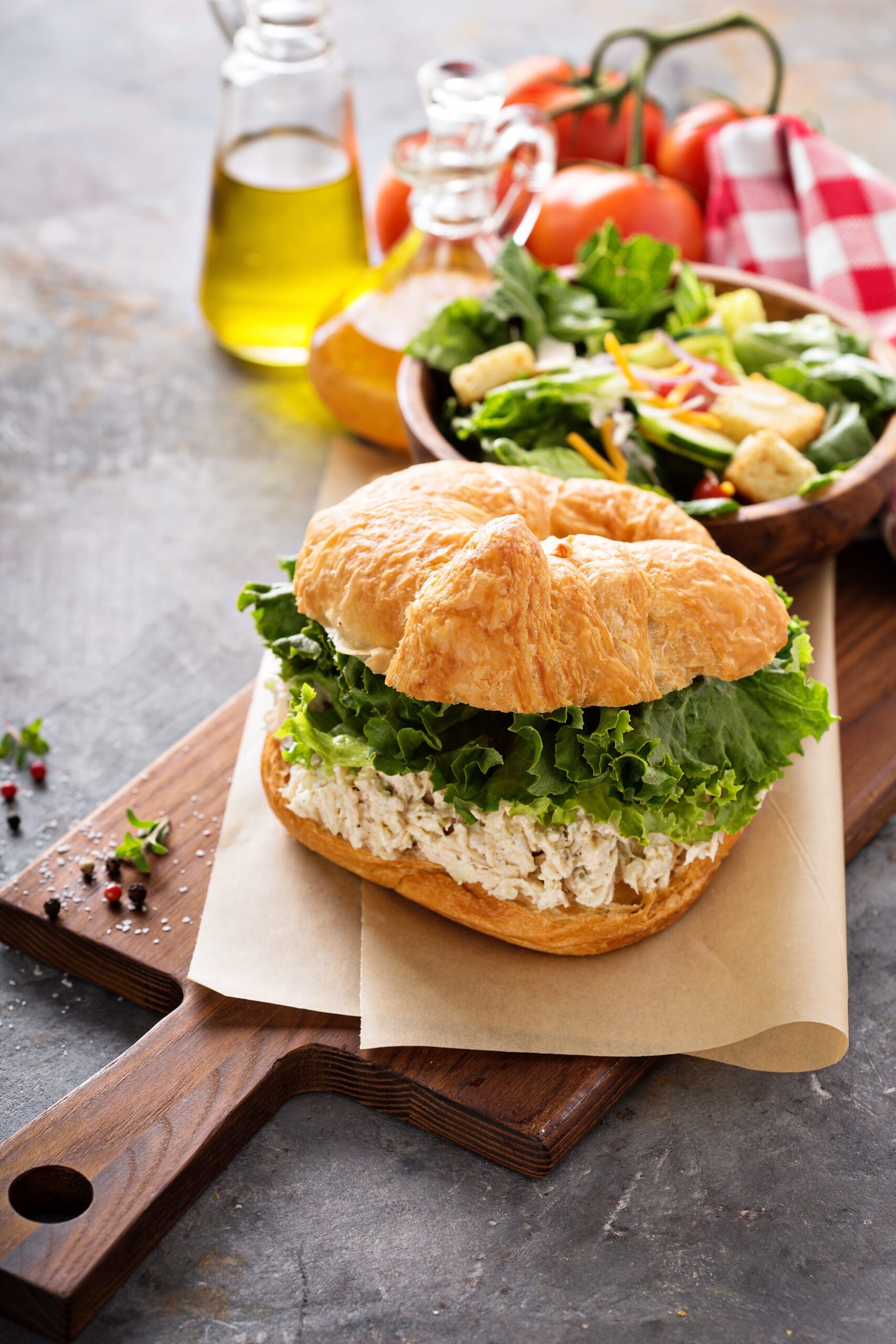
Chicken Salad Sandwiches
Here’s a simple and delicious Chicken Salad Sandwich recipe:
Ingredients
- 2 cups cooked chicken, shredded or chopped
- ½ cup mayonnaise (adjust to taste)
- 1 teaspoon Dijon mustard (optional)
- 1 celery stalk, finely chopped
- ¼ cup red onion, finely chopped
- ¼ cup grapes, halved (or dried cranberries for sweetness)
- ¼ cup chopped pecans or almonds (optional, for crunch)
- 1 teaspoon lemon juice
- Salt and black pepper, to taste
- 4 slices of bread, croissants, or sandwich rolls
- Lettuce leaves (optional)
Instructions
- In a large bowl, combine the chicken, mayonnaise, Dijon mustard, celery, red onion, grapes, nuts (if using), and lemon juice.
- Stir well until all ingredients are evenly coated.
- Season with salt and black pepper to taste.
- Chill in the refrigerator for about 15–30 minutes for the flavors to meld.
- Serve on bread, croissants, or sandwich rolls with lettuce for extra crunch.
Enjoy your homemade Chicken Salad Sandwich at Camp Lakewood Campground! 🥪
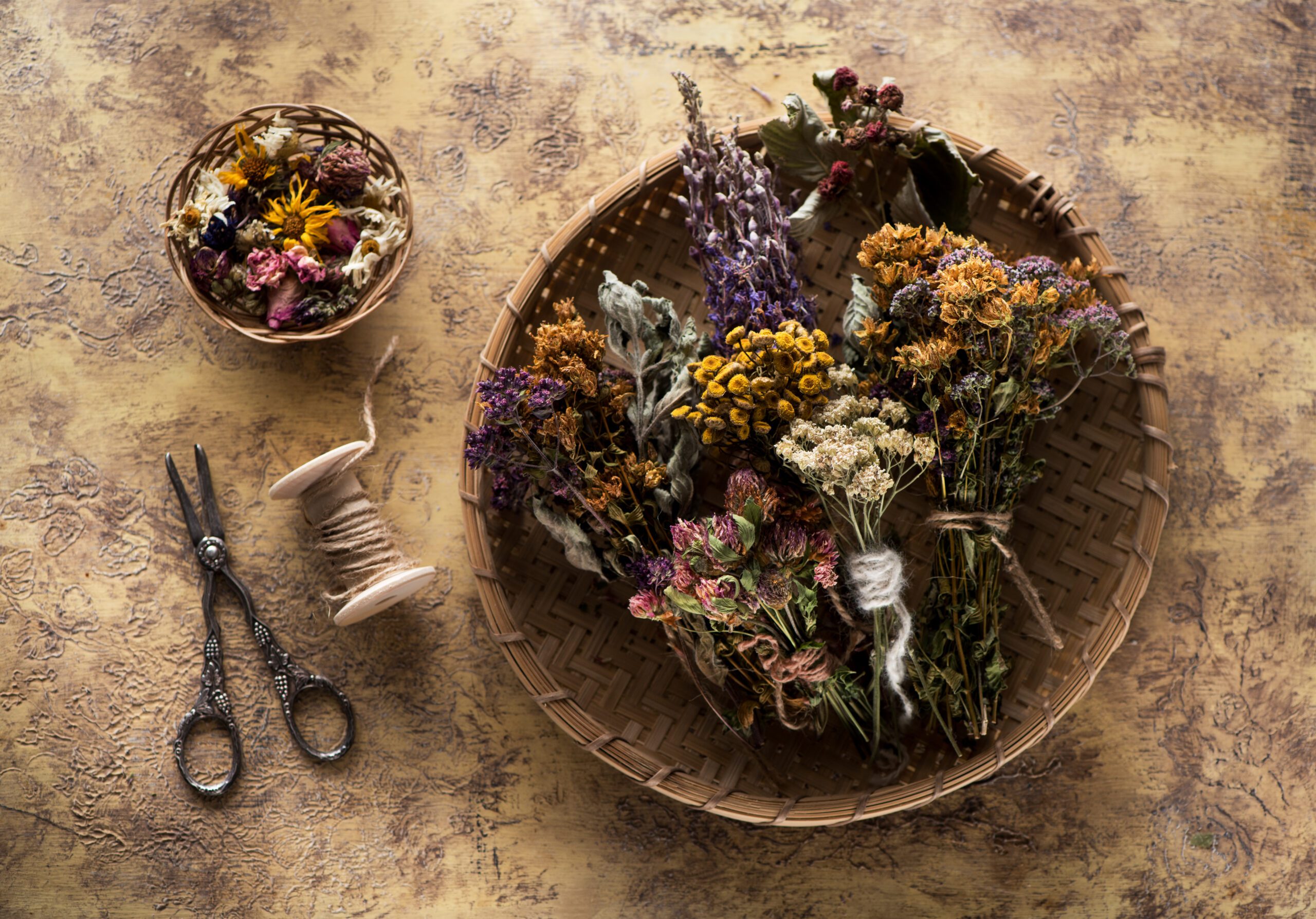
How to Preserve Things Found On Your Camping Trip
Preserving items from your camping trip depends on what you’ve collected—whether it’s plants, flowers, leaves, rocks, wildlife observations, or other natural keepsakes. Here are some tips for different types of finds:
1. Flowers & Leaves
- Pressing: Place leaves or flowers you want to preserve between wax paper inside a heavy book for 1-2 weeks.
- Laminating: Once dried, laminate for bookmarks or decorations.
- Resin Encasing: Embed in resin to create keychains, coasters, or jewelry.
2. Rocks & Minerals
- Cleaning: Wash with mild soap and water; scrub with a brush if needed.
- Sealing: Use a clear sealant or mineral oil to enhance colors.
- Labeling: Keep a small notebook or tag them with the location and date.
3. Pinecones, Bark, & Nuts
- Drying: Spread on newspaper and air-dry.
- Baking: Heat in an oven at 200°F for 30 minutes to kill pests.
- Sealing: Apply clear varnish to prevent decay and to preserve.
4. Feathers & Animal Findings (Non-Living)
- Cleaning: Soak in a mild bleach solution, then rinse and dry.
- Displaying: Frame or place in shadow boxes.
- Legal Considerations: Research laws about keeping feathers, bones, or shells, as some (like eagle feathers) are illegal to possess.
5. Photos & Journaling
- Photo Album: Print and organize your best shots.
- Scrapbooking: Combine pictures, notes, and small dried items in a scrapbook.
- Digital Memory Book: Create an online journal or blog post.
6. Wildlife Sightings
- Sketching: Draw animals or plants in a nature journal.
- Writing Notes: Record behaviors, habitats, and times of day.
- Apps: Use apps like iNaturalist to log observations without taking anything from nature.
Try this with your findings next time you stay at Camp Lakewood Campground!
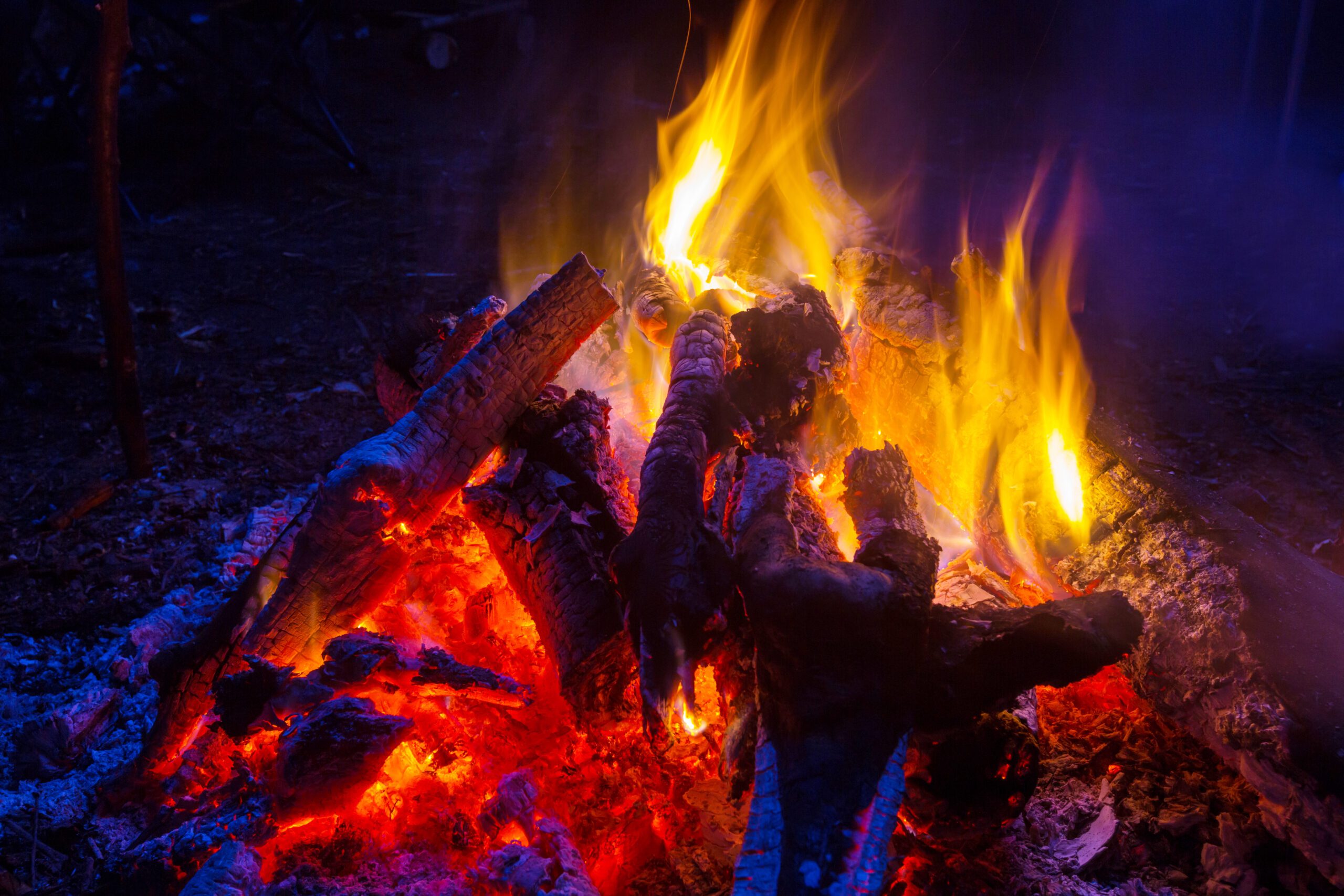
How to Make Your Campfire Last Longer
A cozy, long-lasting campfire is the heart of any camping trip, especially in the winter! Follow these tips to enjoy a warm glow all night long:
1. Pick the Right Firewood
- Hardwoods like oak and hickory, which burn longer and hotter, are ideal.
- Check for dry, seasoned wood to avoid smoky, inefficient fires. (Bonus: Our camp store might have firewood if you’re in need!)
2. Build Your Fire Like a Pro
- Try a log cabin or teepee style to encourage airflow and steady burning.
- Start with tinder and kindling, then add progressively larger logs.
3. Control the Flame
- Too much oxygen can burn wood too quickly, so stack logs thoughtfully.
- Keep the fire contained within the provided fire ring for both safety and efficiency.
4. Use Nature to Your Advantage
- Stack rocks or logs as a reflector wall behind your fire to direct heat back toward your campsite.
5. Feed It Slowly
- Avoid piling on large amounts of wood all at once. Gradually add logs to maintain a steady flame.
6. Bank Your Fire Before Bed
- Before you call it a night, gently rake the embers into a mound or cover them with ash. This preserves the heat and makes restarting your fire in the morning a breeze!
7. Consider Long-Burning Additions
- For extra-long nights, add a fire log or charcoal to supplement your wood.
8. Stay Safe and Enjoy
- Always monitor your fire and make sure it’s fully extinguished before leaving your campsite or turning in for the night.
Whether you’re roasting marshmallows or just soaking in the warmth, these tips will keep your campfire burning longer and make your nights at Camp Lakewood unforgettable! We offer firewood at our supplies store!
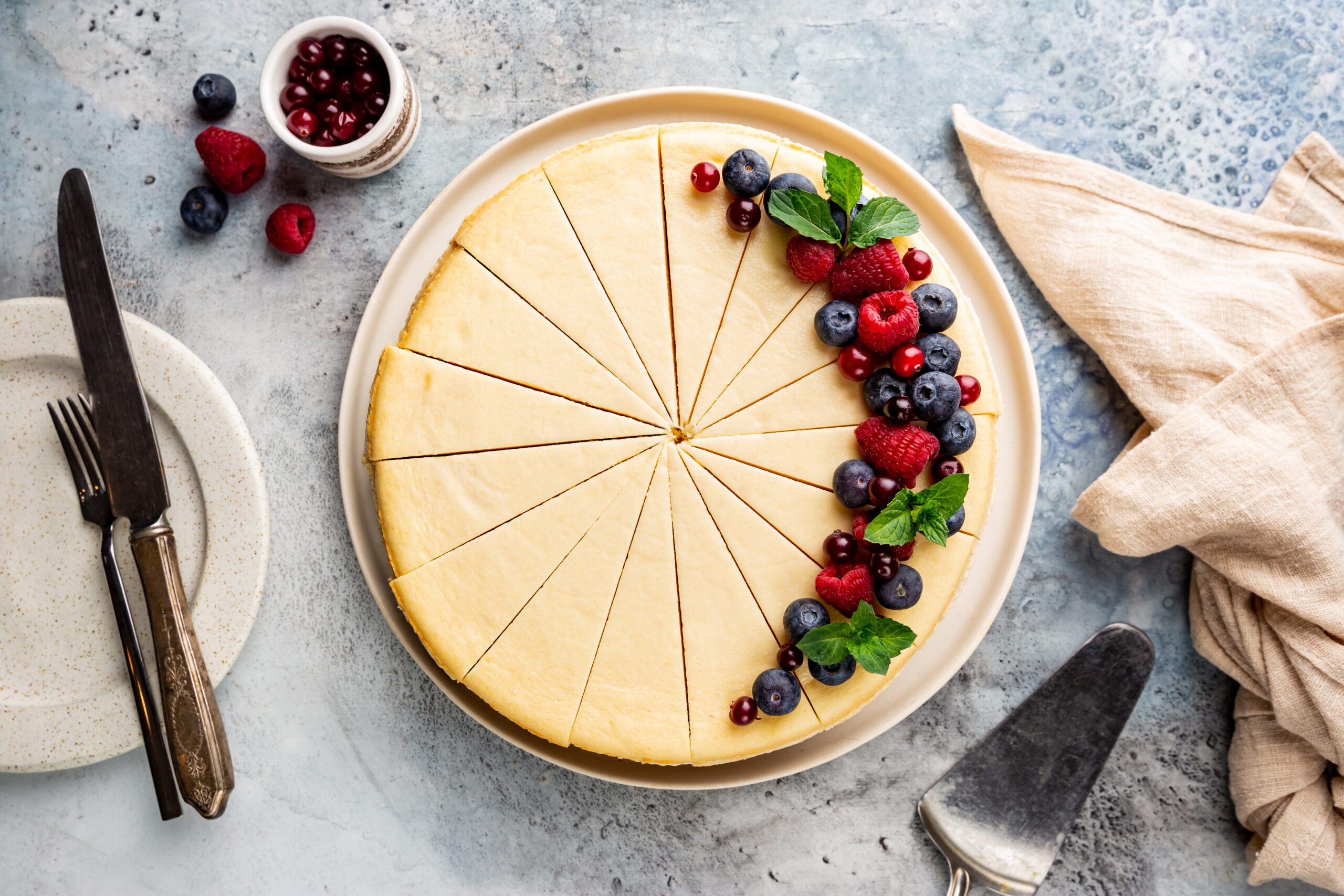
Protein Cheesecake Recipe
Here’s a simple and delicious Protein Cheesecake Recipe to satisfy your sweet tooth while staying on track with your fitness goals:
Ingredients
Crust (optional):
- 1 cup graham cracker crumbs (or almond flour for a lower-carb option)
- 2 tbsp coconut oil or unsalted butter, melted
- 1 tbsp sweetener (e.g., Stevia, monk fruit, or your choice)
Filling:
- 16 oz (450 g) fat-free or low-fat cream cheese (softened)
- 1 cup nonfat Greek yogurt
- 2 large eggs
- 1 scoop (30-40 g) vanilla or unflavored protein powder (whey or casein)
- 1/2 cup sweetener (adjust to taste)
- 1 tsp vanilla extract
- 1 tbsp lemon juice (optional, for a tangy flavor)
Toppings (optional):
- Fresh berries
- Sugar-free chocolate drizzle
- Light whipped cream
Instructions
- Prepare the Crust (optional):
- Preheat your oven to 325°F (165°C).
- Mix the crust ingredients in a bowl until combined. Press the mixture evenly into the bottom of a springform pan (7–9 inches) lined with parchment paper.
- Bake the crust for 8-10 minutes, then let it cool.
- Make the Filling:
- In a large mixing bowl, beat the cream cheese until smooth and creamy.
- Add Greek yogurt, sweetener, eggs, protein powder, vanilla extract, and lemon juice. Mix until well combined, avoiding over-mixing to prevent cracks.
- Bake the Cheesecake:
- Pour the filling over the crust (or directly into a greased pan if skipping the crust).
- Place the springform pan in a larger baking dish. Add hot water to the larger dish until it reaches halfway up the sides of the cheesecake pan (water bath method to prevent cracking).
- Bake for 40–50 minutes or until the edges are set, but the center is slightly jiggly.
- Cool and Chill:
- Turn off the oven and let the cheesecake cool inside for 30 minutes with the door slightly ajar.
- Remove from the oven and cool to room temperature before refrigerating for at least 4 hours (preferably overnight) to set.
- Serve and Enjoy:
- Slice, add your favorite toppings, and enjoy a high-protein treat!
Nutrition (per slice, assuming 8 slices, no toppings, crust made with almond flour):
- Calories: ~150–180
- Protein: ~15–20g
- Carbs: ~5–10g
- Fat: ~5–8g
Enjoy this healthy sweet treat at Camp Lakewood Campground!
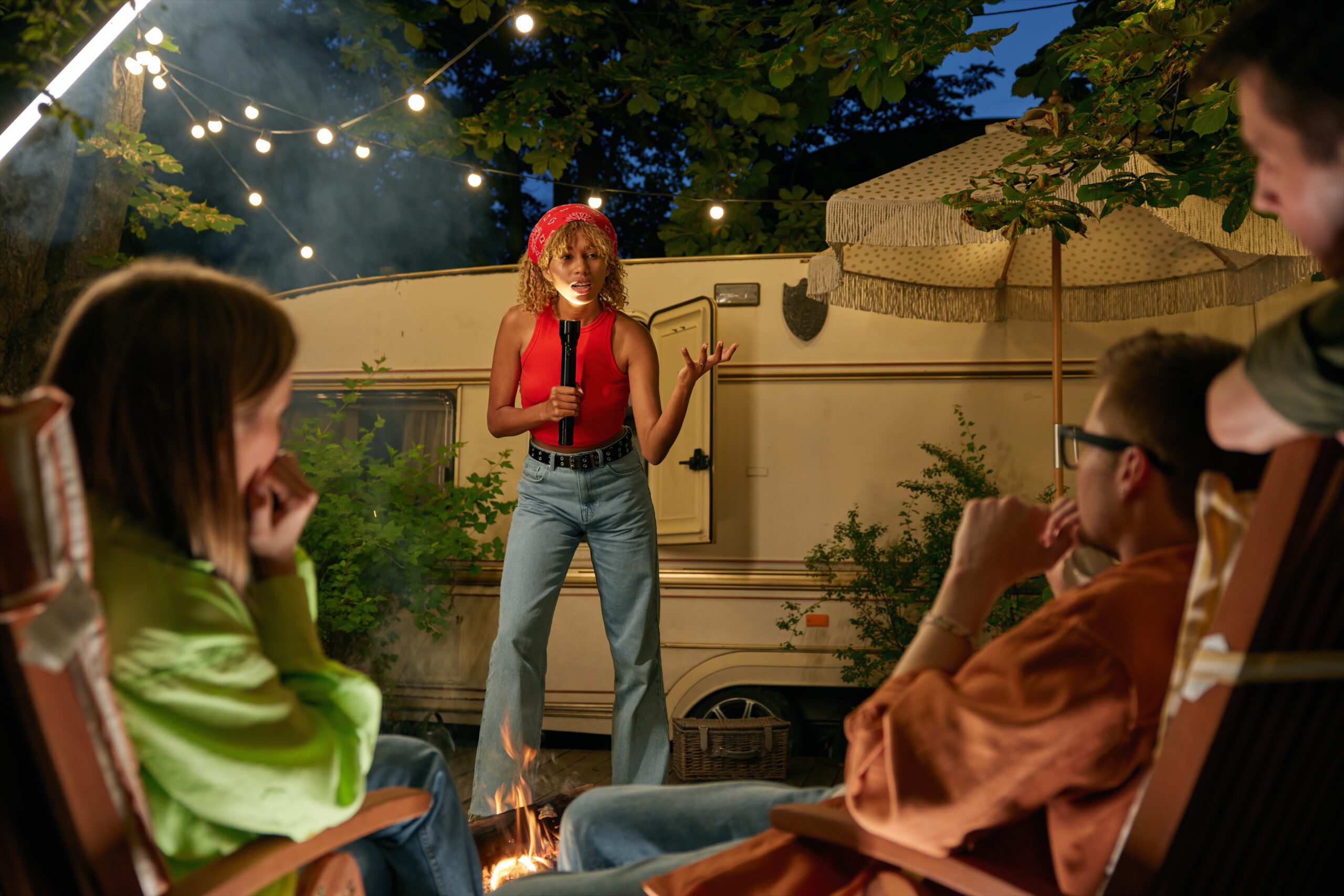
Themes for Camping to Make Your Adventures More Interesting!
There are lots of themes you can go with but here are a few ideas!
1. Stargazing Spectacle
What to Do:
- Bring a telescope or binoculars.
- Identify constellations and planets.
- Share space-themed stories or myths around the campfire.
Extras: Glow-in-the-dark decorations, star-shaped snacks.
2. Pioneer Adventure
What to Do:
- Embrace pioneer-style camping by building a DIY shelter.
- Cook food over an open fire.
- Teach basic survival skills like knot-tying or fire-starting.
Extras: Period costumes or props for fun photos.
3. Treasure Hunt
What to Do:
- Set up a scavenger or geocache hunt around the campsite.
- Use a pirate theme for added fun—maps, riddles, and “treasures.”
Extras: Small rewards or medals for participants.
4. Campfire Cook-Off
What to Do:
- Plan a cooking competition with campfire-friendly recipes.
- Judge dishes based on creativity, taste, and presentation.
Extras: Aprons, themed utensils, or trophies.
5. Nature Photographer’s Retreat
What to Do:
- Bring cameras or smartphones for a photography challenge.
- Focus on wildlife, landscapes, or macro shots of plants.
Extras: Create a mini-gallery of your best photos at camp.
6. Mystery at the Campsite
What to Do:
- Set up a murder mystery or escape room-style challenge.
- Create characters, clues, and puzzles for campers to solve.
Extras: Costumes and props to enhance the storyline.
7. Retro Campout
What to Do:
- Use retro gear like lanterns, plaid blankets, and tin mugs.
- Play classic outdoor games like horseshoes or sack races.
Extras: A playlist of oldies or sing-along campfire songs.
8. Wildlife Watchers Weekend
What to Do:
- Create a checklist of local animals and birds.
- Practice using binoculars or set up a wildlife camera.
Extras: A nature journal for everyone to record their sightings.
9. Camp Carnival
What to Do:
- Set up simple carnival-style games (ring toss, bean bag toss).
- Include activities like face painting or sack races.
Extras: Small prizes or snacks like popcorn and cotton candy.
10. Storytellers’ Circle
What to Do:
- Share spooky, funny, or inspiring stories around the campfire.
- Host a storytelling competition with different categories.
Extras: Use flashlights or props to enhance the atmosphere.
Try using these themes during your next stay at Camp Lakewood Campground!
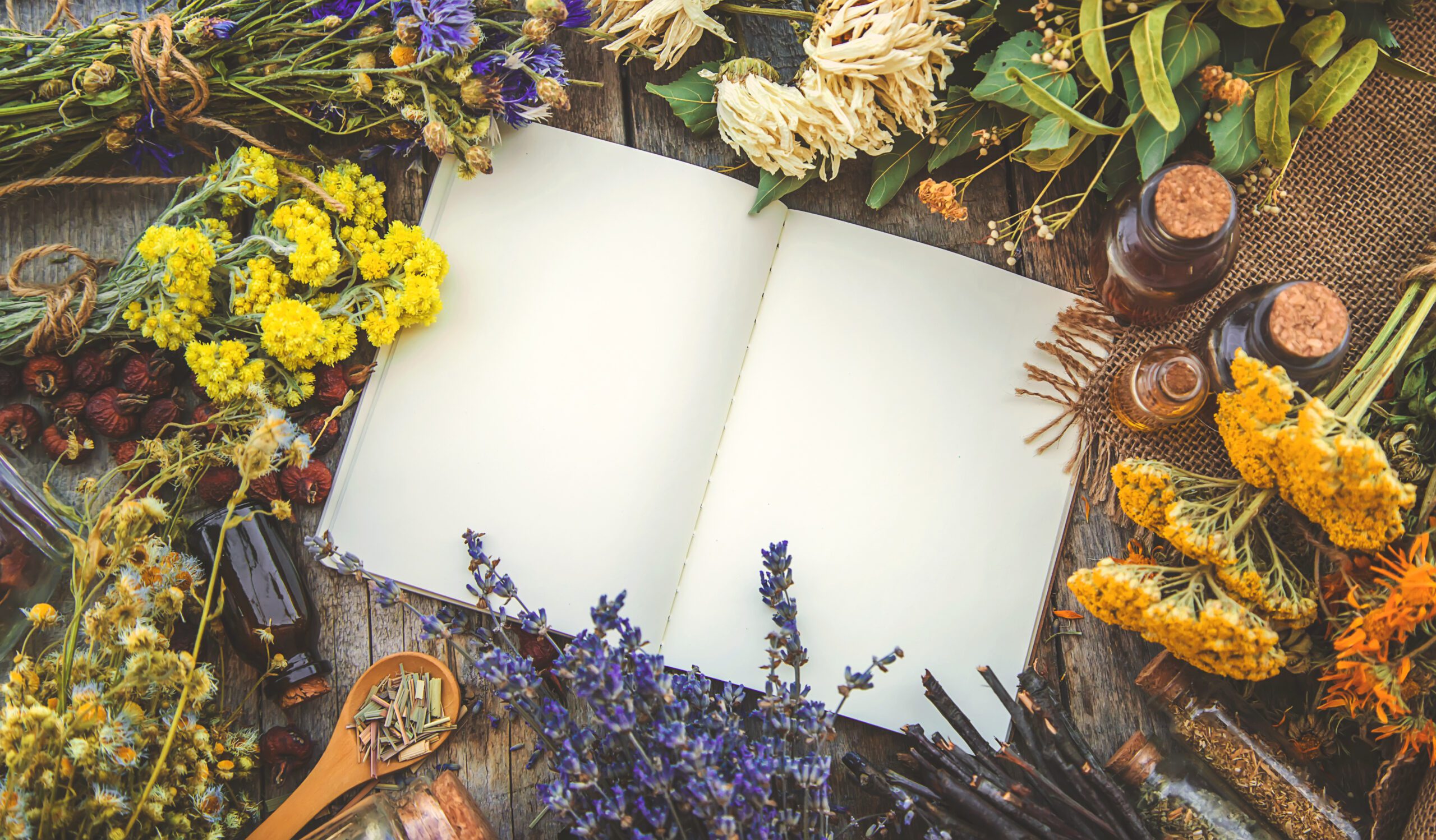
What To Put In a Nature Journal to Document a Trip
Creating a nature journal to document your trip is a wonderful way to capture memories and observations. Here are some things you can include:
1. Date and Location
- Date: Record the specific date of your visit.
- Location: Note the exact location, including any trails, parks, or landmarks.
2. Weather Conditions
- Temperature: Include the temperature range during your visit.
- Weather: Note if it was sunny, cloudy, rainy, etc.
- Wind: Mention if it was windy and from which direction.
3. Flora and Fauna Observations
- Plants: Describe any plants or trees you see. Include sketches, photographs, or pressed leaves/flowers.
- Animals: Document any animals you encounter, such as birds, insects, mammals, or reptiles.
- Tracks: Draw or photograph any tracks or signs of animals.
4. Sounds
- Bird Calls: Write down or describe any bird songs or calls you hear.
- Rustling Leaves: Note the sound of wind through trees or rustling leaves.
- Insects: Mention the buzzing of insects or other sounds.
5. Scents
- Flowers: Describe the smell of any flowers or plants.
- Earth: Note the scent of the earth after rain or in the morning.
6. Scenery Descriptions
- Landscape: Write about the landscape, including mountains, rivers, forests, etc.
- Colors: Describe the colors you see, such as the shades of green in the trees or the blue of the sky.
7. Sketches and Drawings
- Nature Sketches: Draw the plants, animals, or landscapes you observe.
- Maps: Create a small map of the area you explored.
8. Pressed Plants or Leaves
- Samples: Collect small, non-invasive samples of leaves or flowers to press and include in your journal.
9. Personal Reflections
- Feelings: Write about how the surroundings make you feel.
- Memories: Note any memories or thoughts that come to mind during your time in nature.
10. Photographs
- Nature Photography: Include photos of the scenery, animals, or plants.
- Selfies: Add personal photos to capture your presence in the environment.
11. Interesting Finds
- Rocks or Shells: Document any interesting rocks, shells, or natural objects you find.
- Unique Discoveries: Write about any unique or unexpected things you encounter.
12. Activities
- Hiking or Walking: Describe the trails or paths you took.
- Picnicking: Note if you had a picnic and what you ate.
13. Local History or Folklore
- Historical Notes: Include any historical facts or stories related to the area.
- Folklore: Document any local legends or folklore connected to the location.
14. Post-Trip Reflections
- Summary: Reflect on the overall experience after the trip.
- Lessons Learned: Write down any lessons or insights gained from the trip.
This comprehensive approach will help you create a rich and personal record of your nature trip at Camp Lakewood Campground, one that you can look back on for years to come.
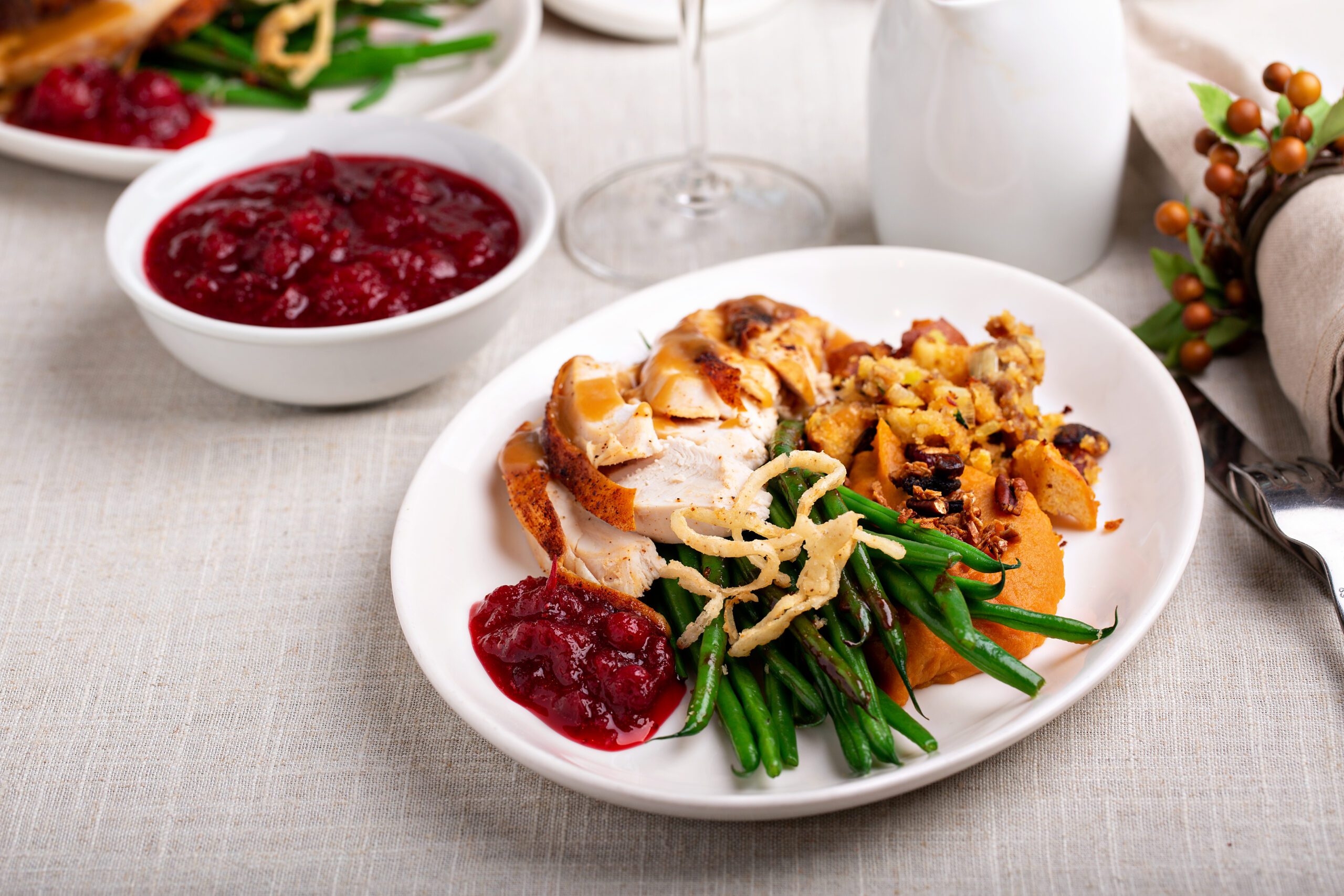
Roasted Turkey Breast with Campfire Cranberry Sauce
Roasted Turkey Breast with Campfire Cranberry Sauce is a perfect dish for a cozy outdoor meal or a special occasion. Here’s a recipe that combines the smoky flavors of the campfire with the sweet-tart taste of cranberry sauce.
Roasted Turkey Breast
Ingredients:
- 1 boneless turkey breast (about 3-4 lbs)
- 2 tablespoons olive oil
- 2 teaspoons garlic powder
- 2 teaspoons onion powder
- 2 teaspoons paprika
- 1 teaspoon dried thyme
- 1 teaspoon dried rosemary
- Salt and pepper to taste
- Optional: Fresh herbs like rosemary, thyme, and sage for additional flavor
Instructions:
- Prepare the Turkey Breast:
- Rub the turkey breast with olive oil, ensuring it’s evenly coated.
- In a small bowl, mix the garlic powder, onion powder, paprika, thyme, rosemary, salt, and pepper.
- Rub the spice mixture all over the turkey breast.
- Roast the Turkey:
- Campfire Method: Place the turkey breast in a cast-iron skillet or a roasting pan that can be placed over the campfire. Cover it loosely with foil and cook it over medium heat, turning occasionally for even cooking. It should take about 1.5 to 2 hours, depending on the size of the turkey breast. Use a meat thermometer to check that the internal temperature reaches 165°F (74°C).
- Oven Method: Preheat your oven to 350°F (175°C). Place the turkey breast on a roasting pan and roast for about 1.5 to 2 hours, or until the internal temperature reaches 165°F (74°C).
- Rest the Turkey:
- Once cooked, remove the turkey breast from the heat and let it rest for 10-15 minutes before slicing.
Campfire Cranberry Sauce
Ingredients:
- 1 bag (12 oz) fresh or frozen cranberries
- 1 cup orange juice
- 1/2 cup sugar (adjust to taste)
- 1/2 teaspoon cinnamon
- 1/4 teaspoon nutmeg
- 1/4 teaspoon ground ginger
- Optional: Zest of one orange, 1/4 cup chopped pecans or walnuts
Instructions:
- Prepare the Sauce:
- Campfire Method: In a cast-iron pot or a heavy-duty pan that can be placed over the campfire, combine the cranberries, orange juice, sugar, cinnamon, nutmeg, and ground ginger.
- Stovetop Method: If preparing at home, combine the ingredients in a medium saucepan.
- Cook the Sauce:
- Cook the cranberry mixture over medium heat, stirring occasionally. As the cranberries heat up, they will begin to pop and release their juices. Continue cooking until the sauce thickens, about 15-20 minutes.
- If using orange zest and nuts, stir them in during the last 5 minutes of cooking.
- Cool and Serve:
- Remove the sauce from the heat and let it cool slightly. The sauce will thicken as it cools.
- Pair with the Turkey:
- Slice the roasted turkey breast and serve it alongside the campfire cranberry sauce.
Tips:
- For extra flavor, you can baste the turkey breast with the pan juices during roasting.
- The cranberry sauce can be made ahead of time and stored in an airtight container in the refrigerator for up to a week.
This combination of tender, seasoned turkey with a sweet and tangy cranberry sauce is sure to be a hit around the campfire on your holiday camping trip at Camp Lakewood Campground!
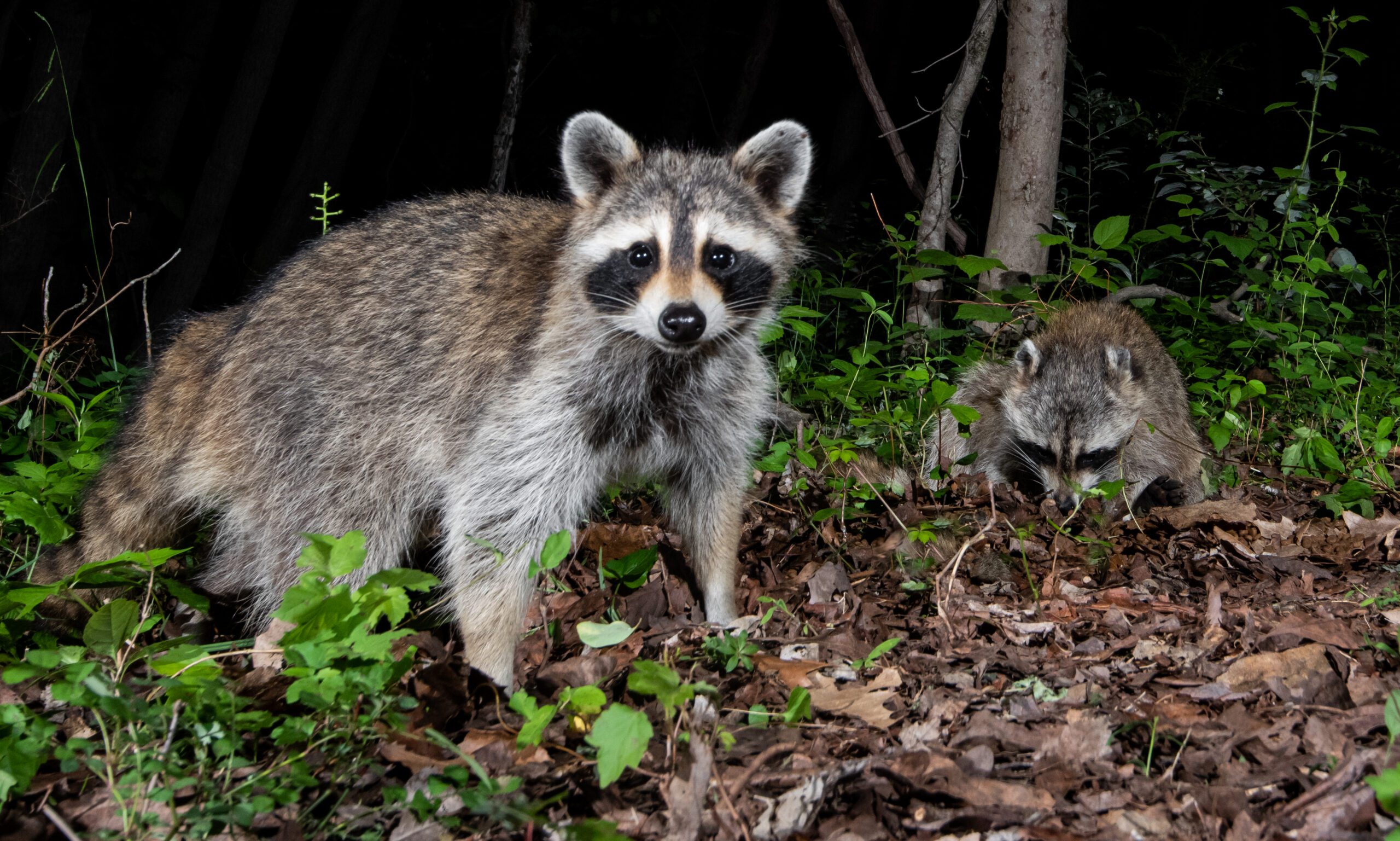
Wildlife That Can Be Found Around Camp Lakewood Campground
At Camp Lakewood Campground in Effingham, Illinois, you can find a variety of local wildlife. The area around the campground includes forests, lakes, and open grasslands, which provide habitats for different species. Here’s what you might spot:
Birds
- Birds of Prey: Red-tailed hawks and American kestrels are common, often seen circling high in search of prey.
- Songbirds: Look for American robins, blue jays, northern cardinals, and sparrows. Eastern bluebirds and indigo buntings might add vibrant color to your sightings.
- Woodpeckers: Downy woodpeckers, red-bellied woodpeckers, and the larger pileated woodpeckers can be spotted in the wooded areas.
- Waterfowl: Canada geese, mallards, and occasionally great blue herons frequent the lakeshore. In migratory seasons, you might see other duck species stopping by.
Mammals
- White-Tailed Deer: Commonly found in forested areas and meadows, especially around dawn and dusk.
- Small Mammals: Squirrels, chipmunks, rabbits, and groundhogs are active during the day and are commonly seen around the campsite.
- Raccoons: These are nocturnal and can be found foraging around the campground after dark.
- Coyotes: More elusive but occasionally spotted, often at dawn or dusk in less-populated areas.
- Bats: Various bat species can be seen at twilight, especially around open areas where insects gather.
Reptiles and Amphibians
- Turtles: Painted turtles and snapping turtles are common in and around the lake.
- Snakes: Garter snakes, which are non-venomous, are common. You might also see northern water snakes near the water’s edge.
- Frogs and Toads: Green frogs, American bullfrogs, and American toads are abundant around water sources. You might hear their calls in the evening.
Insects and Other Invertebrates
- Butterflies: Monarchs, swallowtails, and painted ladies are some of the colorful butterflies that visit the area in summer.
- Dragonflies and Damselflies: These are frequently seen near water, helping keep mosquito populations down.
- Fireflies: In the warmer months, fireflies light up the evenings, creating a magical atmosphere.
- Beetles and Moths: Stag beetles, luna moths, and various moth species add to the diversity, especially near lights at night.
Aquatic Life
- Fish: The lake is home to bluegill, largemouth bass, catfish, and crappie, which are popular with local anglers.
- Crayfish and Other Invertebrates: Crayfish, snails, and various aquatic insects live around the edges of the lake.
Each of these animals contributes to the ecosystem around Camp Lakewood Campground, and by staying quiet and attentive, you’ll likely spot many of them during your stay!
Family owned and operated, Kiefer Campgrounds strive to offer you the best rates for a comfortable location with outstanding service, and spotless facilities. When you stay in one of our parks, you are no longer just a happy camper, but a part of our family! We are most certain you will enjoy your stay with us. Pick your favorite location and book your spot now before it’s too late! You’ll be happy you did!



